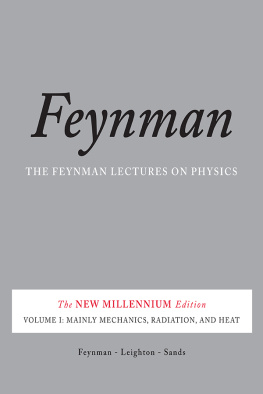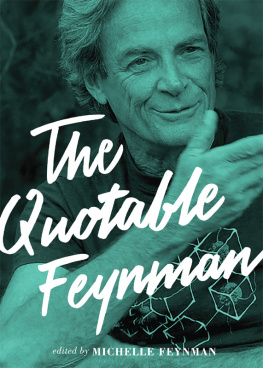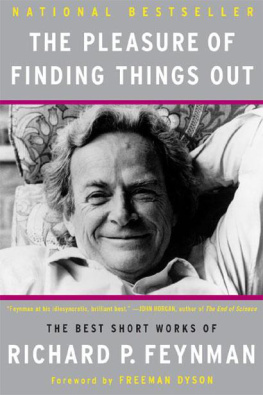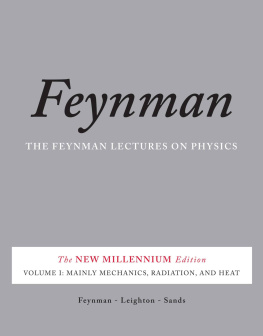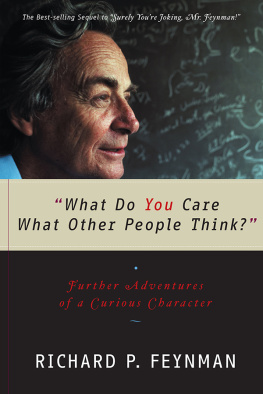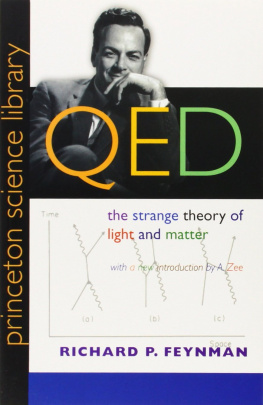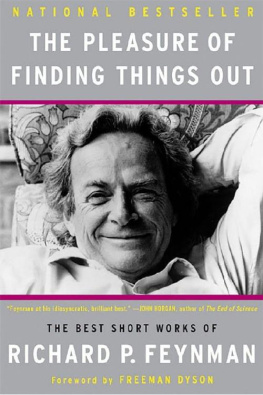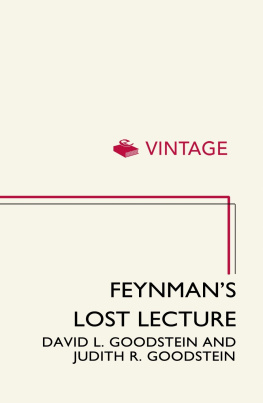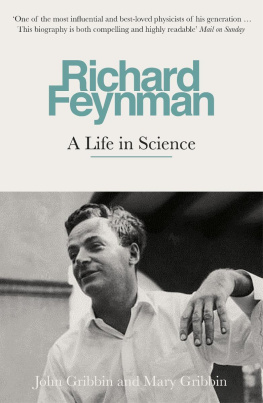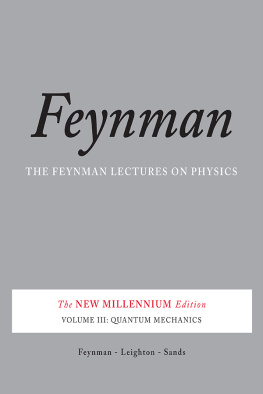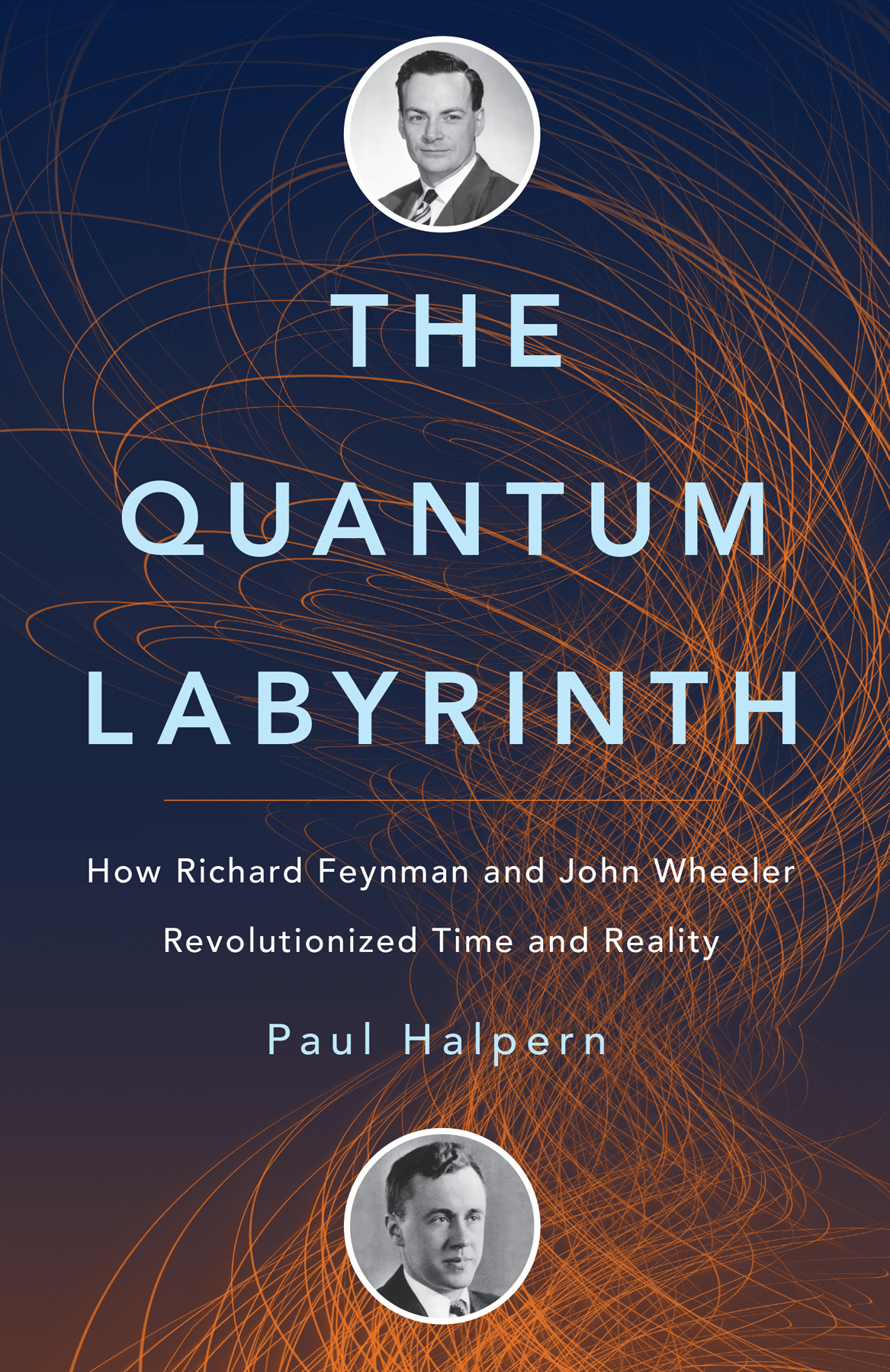Feynman Richard Phillips - The Quantum labyrinth: how Richard Feynman and John Wheeler revolutionized time and reality
Here you can read online Feynman Richard Phillips - The Quantum labyrinth: how Richard Feynman and John Wheeler revolutionized time and reality full text of the book (entire story) in english for free. Download pdf and epub, get meaning, cover and reviews about this ebook. City: New York, year: 2018;2017, publisher: Basic Books, genre: Detective and thriller. Description of the work, (preface) as well as reviews are available. Best literature library LitArk.com created for fans of good reading and offers a wide selection of genres:
Romance novel
Science fiction
Adventure
Detective
Science
History
Home and family
Prose
Art
Politics
Computer
Non-fiction
Religion
Business
Children
Humor
Choose a favorite category and find really read worthwhile books. Enjoy immersion in the world of imagination, feel the emotions of the characters or learn something new for yourself, make an fascinating discovery.

- Book:The Quantum labyrinth: how Richard Feynman and John Wheeler revolutionized time and reality
- Author:
- Publisher:Basic Books
- Genre:
- Year:2018;2017
- City:New York
- Rating:5 / 5
- Favourites:Add to favourites
- Your mark:
The Quantum labyrinth: how Richard Feynman and John Wheeler revolutionized time and reality: summary, description and annotation
We offer to read an annotation, description, summary or preface (depends on what the author of the book "The Quantum labyrinth: how Richard Feynman and John Wheeler revolutionized time and reality" wrote himself). If you haven't found the necessary information about the book — write in the comments, we will try to find it.
The story of the unlikely friendship between the two physicists who fundamentally recast the notion of time and history
In 1939, Richard Feynman, a brilliant graduate of MIT, arrived in John Wheelers Princeton office to report for duty as his teaching assistant. A lifelong friendship and enormously productive collaboration was born, despite sharp differences in personality. The soft-spoken Wheeler, though conservative in appearance, was a raging nonconformist full of wild ideas about the universe. The boisterous Feynman was a cautious physicist who believed only what could be tested. Yet they were complementary spirits. Their collaboration led to a complete rethinking of the nature of time and reality. It enabled Feynman to show how quantum reality is a combination of alternative, contradictory possibilities, and inspired Wheeler to develop his landmark concept of wormholes, portals to the future and past. Together, Feynman and Wheeler made sure that quantum...
Feynman Richard Phillips: author's other books
Who wrote The Quantum labyrinth: how Richard Feynman and John Wheeler revolutionized time and reality? Find out the surname, the name of the author of the book and a list of all author's works by series.


